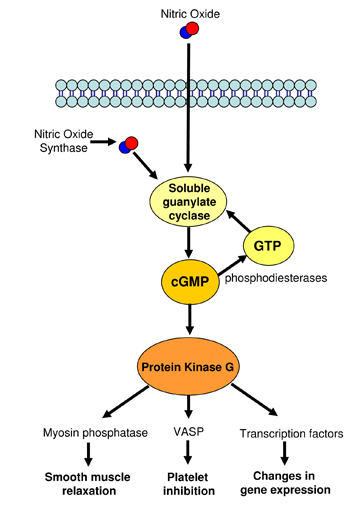

Such a template-free polymerization reaction is preceded by the self-assembling of the cyclic precursors utilizing stacking interactions, which mediate the transphosphorylations among the pillared monomer units, resulting in covalently bound oligonucleotides. , and a plausible reaction mechanism was suggested in ref. Hence derives the possibility of their accumulation as cyclic phosphates and their potential role as prebiotic precursors of ribo-oligomers.Ĭonditions for the polymerization of 3’,5’ cyclic GMP were explored and described in refs. Nucleosides can be non-fastidiously phosphorylated ( and references therein) in different kinds of environments and are intrinsically more stable in the cyclic form than in the open form. The conditions for this synthesis are prebiotically plausible: the energy source is proton irradiation, mimicking solar wind the reaction environment is the simplest possible: dryness. In this frame and moving in the bottom-up direction, we have previously reported conditions allowing the one-pot synthesis of four different nucleosides: adenosine, uridine, cytidine, thymidine from a one-carbon atom molecule (formamide, NH 2COH). In order to approach this problem, we have adopted a philologic approach, relying on the selection of the simplest possible materials and processes. Understanding the mechanisms that allowed the emergence of RNA in abiotic conditions is one of the necessary steps for the reconstruction of the processes that eventually led to life. OS and ZZ thanks for support of CSF (project P206/12/G151).Ĭompeting interests: The authors have declared that no competing interests exist. The MS part of work was carried out with the support of Proteomics Core Facility of CEITEC under CIISB project, ID number LM2015043, funded by the Ministry of Education, Youth and Sports of the Czech Republic. This is an open access article distributed under the terms of the Creative Commons Attribution License, which permits unrestricted use, distribution, and reproduction in any medium, provided the original author and source are credited.ĭata Availability: All relevant data are within the paper and its Supporting Information files.įunding: This work is supported by the Italian Space Agency (ASI) project “Esobiologia e Ambienti estremi: dalla chimica delle Molecola alla Biologia degli estremofili” Number 2014-026-R.0 (CUP: F 92I14000030005) by the Ministry of Education, Youth and Sports of the Czech Republic under the project CEITEC 2020 (LQ1601) and by the Grant Agency of the Czech Republic, grant number 14-12010S.

Received: AugAccepted: OctoPublished: November 1, 2016Ĭopyright: © 2016 Costanzo et al. PLoS ONE 11(11):Įditor: Roberto Amendola, ENEA Centro Ricerche Casaccia, ITALY (2016) Non-Enzymatic Oligomerization of 3’, 5’ Cyclic AMP. Polymerization of 3’,5’ cyclic nucleotides, whose paramount relevance in a prebiotic chemistry context has been widely accepted for decades, supports the possibility that the origin of extant genetic materials might have followed a direct uninterrupted path since its very beginning, starting from non-elaborately pre-activated monomer compounds and simple reactions.Ĭitation: Costanzo G, Pino S, Timperio AM, Šponer JE, Šponer J, Nováková O, et al. Differences in the yield and required reaction conditions of the oligomerizations utilizing 3’,5’ cGMP and cAMP are discussed in terms of the crystal structures of the compounds. Optimally the oligomerization requires (i) a temperature of 80☌, (ii) a neutral to alkaline environment and (iii) a time on the order of weeks. Here we report that 3’,5’ cyclic AMP may also serve as a substrate of the reaction, which proceeds under moderate conditions yet with a lower efficiency than the previously reported oligomerization of 3’,5’ cyclic GMP. Recent studies illustrate that short oligonucleotide sequences can be easily produced from nucleotide precursors in a template-free non-enzymatic way under dehydrating conditions, i.e.


 0 kommentar(er)
0 kommentar(er)
